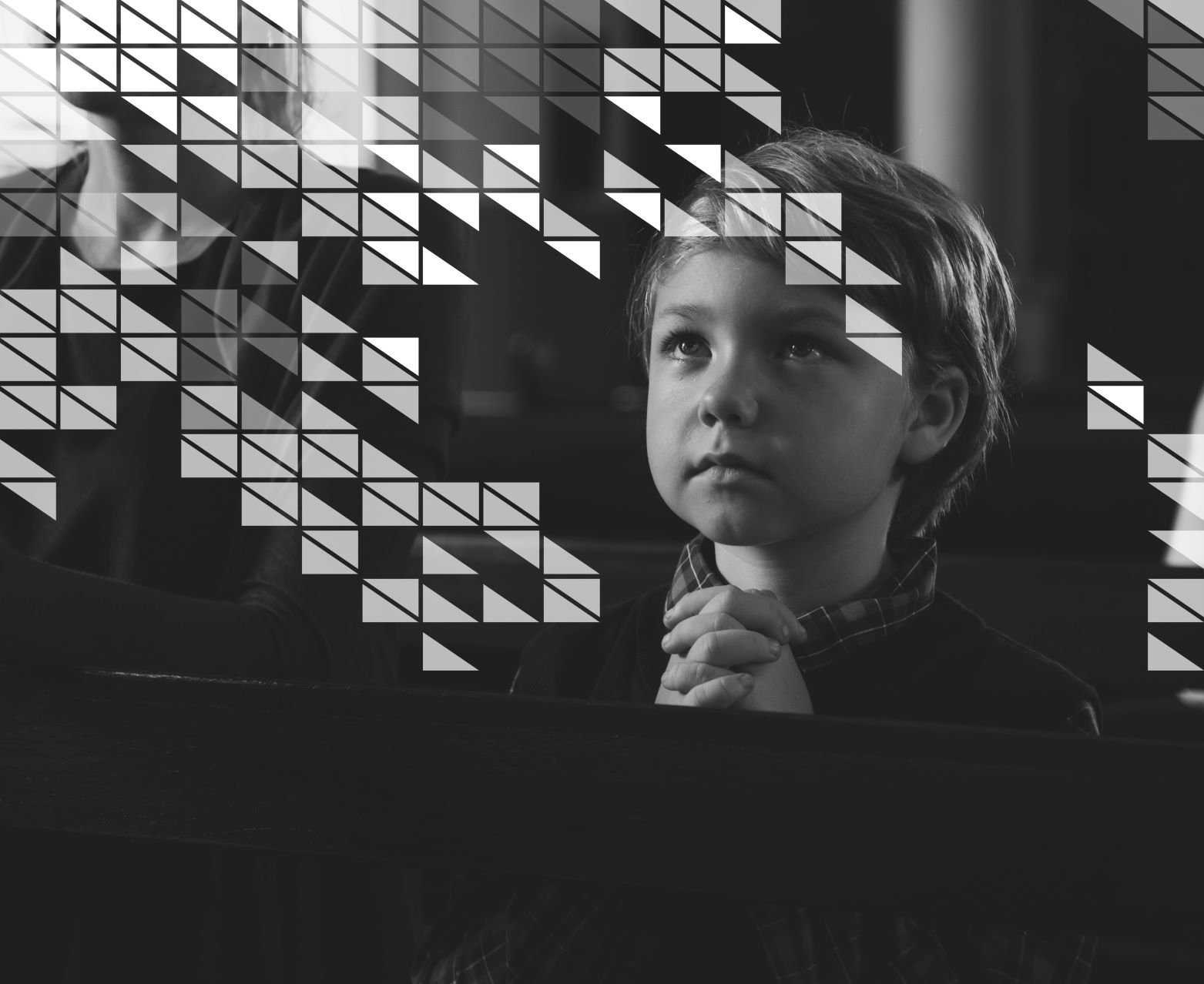Podcast: Play in new window | Download
Subscribe: Apple Podcasts | RSS | More
Why do some people believe, and others do not? Does it come down to experiences, the way you were raised, your DNA? In short, what is the neuroscience behind belief? While there is no one reason why some people believe, advances in neuroscience are beginning to shed light on the similarities of the brains of believers.
Today, I am joined by Dr. Adam Weinberger. Adam is a post-doctoral scientist at Georgetown University (at the Georgetown Laboratory for Relational Cognition) and the University of Pennsylvania. He has a PhD in Psychology, with a special focus on neuroscience. Much of his research examines how implicit processes shape our more explicit knowledge and beliefs, including belief in God.
Adam researched the brains of believers in both the metropolitan area of Washington DC and in a rural village in Afghanistan. Through differences in religion, culture, politics, and economy, he saw some similarities in the neuroscience of belief. It turns out religious people were better at seeing patterns than non-religious. We delve into what this means, and what is going on in the brain.
You can follow Adam’s lab at @GUGreenLab.
For patrons of the podcast, you’ll be given a chance to delve more deeply into Adam’s research. If you are not a patron and want to become one, you can join at Patreon.com/sparkdialog. Thank you all for your support!
Some of the background music you heard are clips from:
Hidden Blues by Pitx (c) copyright 2010 Licensed under a Creative Commons Attribution (3.0) license. http://dig.ccmixter.org/files/Pitx/27007 Ft: rocavaco
Plains by gurdonark (c) copyright 2009 Licensed under a Creative Commons Attribution (3.0) license. http://dig.ccmixter.org/files/gurdonark/19734
Chords For David by Pitx (c) copyright 2011 Licensed under a Creative Commons Attribution (3.0) license. http://dig.ccmixter.org/files/Pitx/30638 Ft: jlbrock
